The History within Advanced Squad Leader
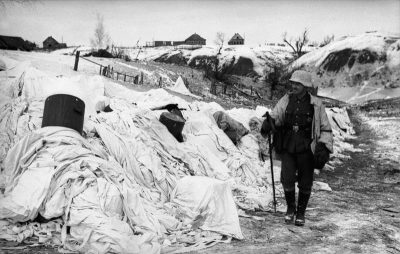 By David Garvin
By David Garvin
In a previous post, I interviewed Dr. Andrew Hershey, designer of many Advanced Squad Leader (ASL) scenarios and Historical ASL campaign games, colloquially known as HASLs. It was quite evident after reading that interview, that there is quite a bit of research behind many ASL Scenarios and especially HASLs.
As such, by playing any well-designed HASL, one can gain a better understanding of the nature of the conflict at large and the feel of certain battles. For me, one of the best examples is found in the HASL Kampfgruppe Scherer: The Shield of Cholm (KGS). It was produced by le franc tireur in 2011 and designed by the aforementioned Dr. Andrew Hershey.
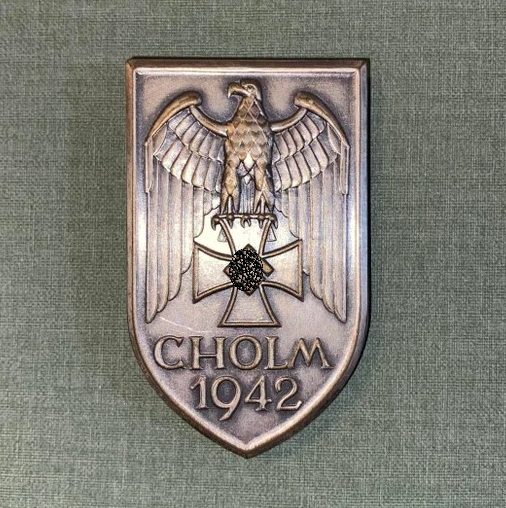
By way of introduction, a brief synopsis of the battle itself is in order. Cholm (Холм in Russian, sometimes spelled Kholm) is a small town over 350 km North West of Moscow. As the German attack on Moscow petered out in December 1941, the Soviets counter-attacked along a wide front, sending the Germans reeling.
The 3rd and 4th Shock Armies advanced in the area of Cholm and the withdrawing Germans formed a pocket here. This small town had significance due to its bridge over the lengthy Lovat River as well as dominating a road nexus. In short, the town was vital for both sides. The Soviets tried, in vain, to take the town over the next few months. The Germans held out thanks to air resupply that included gliders bringing in reinforcements and supplies on one-way missions. Eventually, the Germans were able to relieve the siege, and ground forces of the Wehrmacht pushed aside the Soviets who formed a ring around the town.
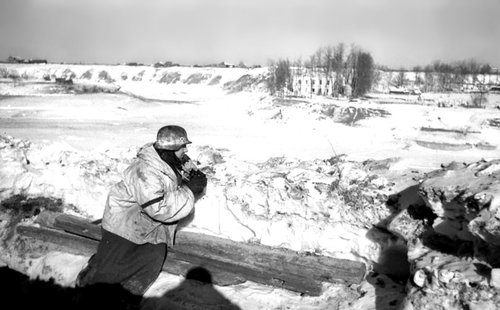
With that background, now a look at the HASL itself. It, with the later-released Player’s Guide, the ASL player has a wealth of gaming material. As with all third-party products, many ASL Core products are required; however, every player has at least the Rule Book as well as Beyond Valor, both requirements for any follow-on ASL product (except, of course, the Starter Kits).
The HASL itself offers 15 scenarios, two campaign games, and plenty of game components necessary for play. Of special note are the maps. There are two maps, in reality; one depicting Cholm at the start of the siege with a winter theme, and a second map at the end of the siege, with much of the town laid waste with a spring theme. Both maps are based on historical photos, maps, sketches, and other sources. There is also an extensive reference list as well as books and other sources with more information on the battle.

But KGS is much more than a game component for ASL; it is a history lesson. Included with it is a Historical Background, over 40 pages of text, photos, orders of battle, and more. With a thorough reading, the player much better understands why the battle took place and why the Germans held on to it so tenaciously.
In reading, one will learn of the desperate Soviet attacks to wrest control from the Germans and how in the end, the Wehrmacht was able to not only supply Cholm but eventually relieve the siege. Combined with the actions further north at Demyansk, the Germans proved to themselves that with enough effort, an air bridge could successfully supply an encircled army in the East. Of course, this led to grave consequences for the members of the 6th Army at Stalingrad.
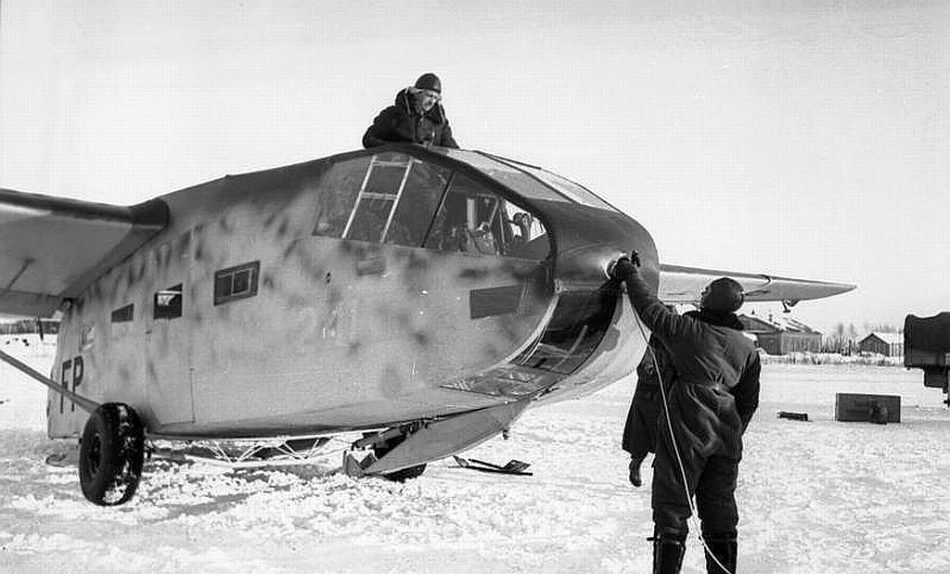
In this package, one will have the maps, the playing pieces, and even some background on the battle itself. That is all necessary for learning about this battle, but it’s not sufficient, in my opinion.
With the Special Rules for the HASL as well as for its scenarios, the player can quickly gain a feel for the battle, with all the respective constraints facing both sides. KGS 3 is a series of rules that reflect the German Army’s characteristics. These range from specifics of ammunition shortage to various characteristics of the German units themselves. KGS 4 is a series of rules concerning the Russians, including the treatment of German Prisoners to the special mechanics of conducting a human wave.
Together with the various special rules on the terrain on the map(s), one can quickly gain a feel for how the battle was fought. On the German side, you have to be careful about picking and choosing your fire attacks, lest your weapons run out of ammunition. On the Soviet side, you have a wealth of low-quality troops and you have to somehow coerce them to advance into sporadic but effective enemy fire. All the while, as a Soviet, you feel the pressure of the relief force, but as the German, that relief force is moving too slowly and you fear it won’t arrive in time.
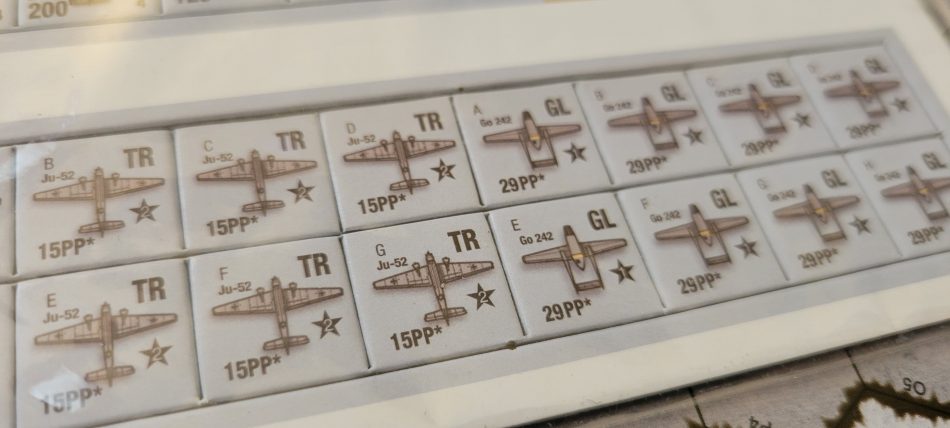
KGS is unique for HASLs in that it is one of the few that has the entire battlefield depicted on one map. Other HASLs, such as Red Factories, depict only a portion of the battlefield and as such have artificial barriers. Not so with KGS. Yes, there are significant and relevant actions taking place off-map, but the players can get the entire feel of the battle with this one HASL alone. Whether you play the Germans or the Soviets, you will gain a better understanding of the desperation and frustration experienced by both sides.
This battle depicted is little-known in the West, yet its significance cannot be overstated. Success here by the Germans led to failure at Stalingrad, and failure here by the Soviets led to success at Stalingrad. As an ASL player, one can easily pick up the dice, move the counters and take the place of Theodor Scherer himself.
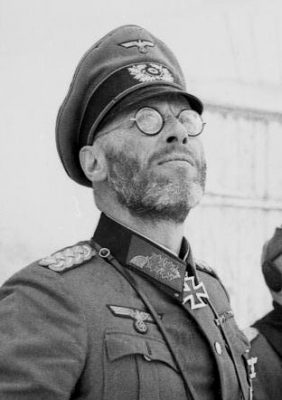
With that, one can see that KGS is a well-researched bit of ASL and done so by a team led by Dr Hershey. The result is a high-quality product that is fun to play, but, more importantly, serves as a history teacher for the amateur historian. The player can quickly feel the frustrations of the limitations of the encircled Germans or feel the pressure to force the issue as the attacking Soviets. Much more than a game, ASL shows with this HASL that learning can indeed be fun!
David Garvin is an self-professed amateur historian who learns by playing ASL and other board wargames.
